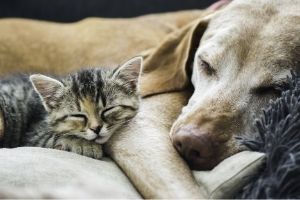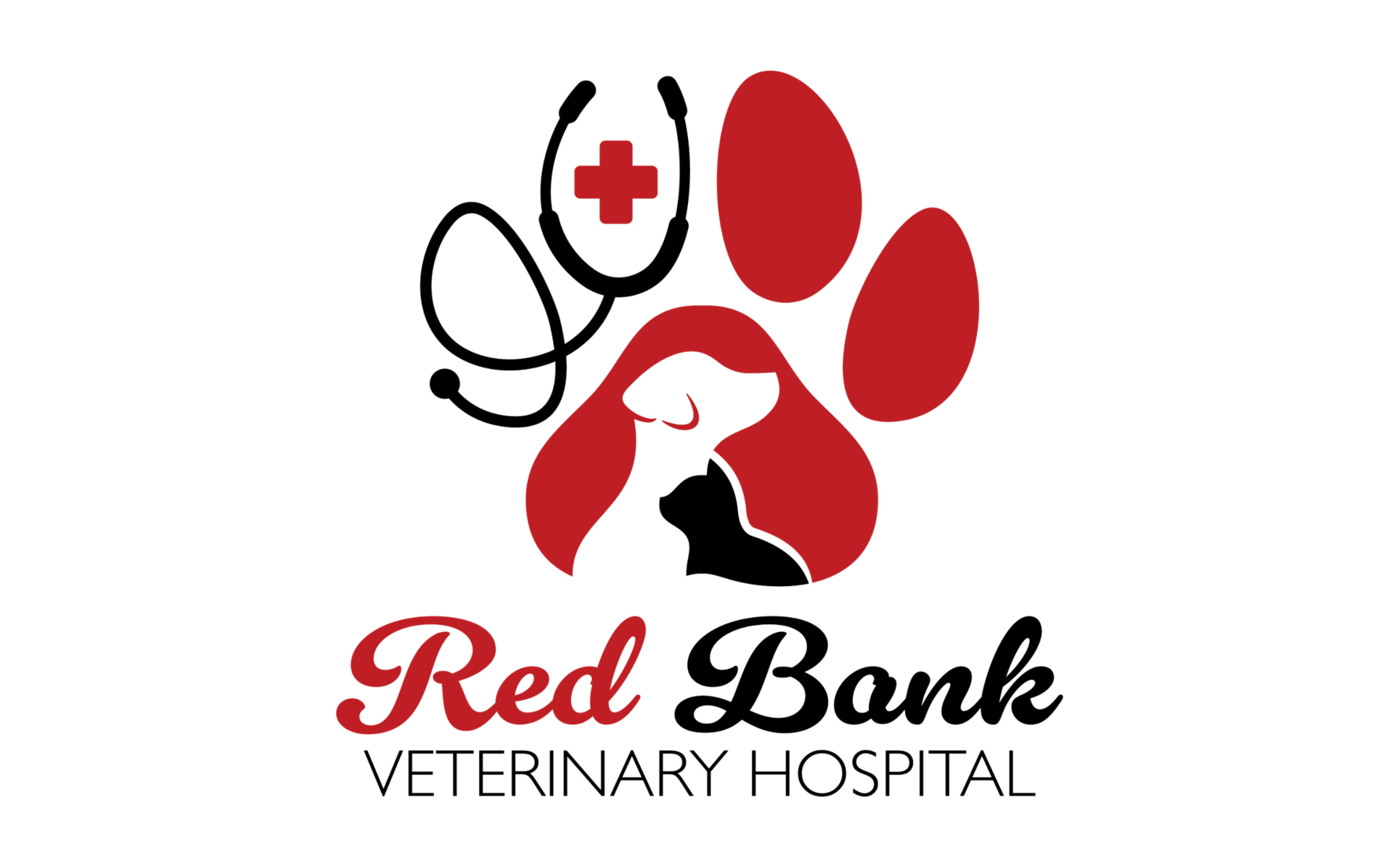When we have our pet’s teeth cleaned, it's because we want to do the very best for them. We want a healthy pet that lives a long and happy life. You might have heard of anesthesia-free dental cleanings at pet stores, a groomer, or even some veterinary professionals. This is a service that is often less expensive and is seen as a risk-free alternative that improves our pet’s dental health. We in the veterinary field refer to this as "non-anesthesia dental scaling" and, quite frankly, we find it to be an unsafe dental procedure.
"Non-anesthesia dental scaling" consists of scraping the surface of the tooth with an instrument to remove the plaque and tartar while restraining your pet without anesthesia. We understand how the use of anesthesia on your pet is a bit intimidating. Our medical background, however, also teaches us that anesthesia-free dental on your pets is unsafe, and we've shared those reasons below.
The Teeth Look Great, But...
Anesthesia-free scaling sounds like a great option but it's misleading because the perceived result is that it leaves your pet’s mouth clean and healthy. White teeth do not mean clean teeth. Anesthesia-free scaling does not remove the plaque and bacteria from beneath your pet’s gum line and does not decrease the risk of your pet getting periodontal disease. Consider that icky, smelly build-up that is also thriving beneath your cat or dog's gumline where you can’t see it or the damage it’s doing. Cleaning and scaling below the gum line are most important because this is where periodontal disease is most active, and it can't be done without anesthesia.
Evaluation and X-rays Are Crucial to Pet Dental Health
Anesthesia is needed to best evaluate periodontal disease with the help of a dental probe and x-ray examination. These tools help us to truly get a sense of what is going on below the gumline. There are few visible signs of periodontal infection before it has progressed too far to treat and save teeth.
During a thorough cat or dog dental exam, the mouth and all teeth are evaluated and radiographs are taken. This allows a veterinarian to identify ongoing issues like periodontal disease or even oral tumors. A comprehensive oral health exam can’t be done on a dog or cat that is awake.
Your Pet Will Be Stressed During Anesthesia-Free Dental
Dogs and cats do not respond to the command, "Open up and say 'ah'!" As humans, we do this nearly automatically but, with pets during anesthesia-free dental scaling, they must be physically restrained (some more than others) with their mouth held open for some length of time. Some pets will tolerate this while others will not.
The Real Risk Isn't Pet Anesthesia
No one likes the thought of a beloved pet going under anesthesia. The risk of anesthesia is what is often used as the main argument for anesthesia-free dentistry. The risks associated with anesthesia are always possible. However, at Cincinnati Family Vet, we minimize these risks by pre-operative bloodwork, ECGs and chest radiographs to help identify underlying medical conditions. We have licensed veterinary technicians who monitor your pet from the beginning of their procedure until they are completely recovered. The real risk of anesthesia-free dentistry is leaving the infection under the gumline which causes periodontal disease.
Periodontal disease is the most common clinical condition in dogs and cats, and the risk of periodontal disease is extremely high. Periodontal disease is caused by bacteria that spreads beneath the gum line. As periodontal disease progresses, it can cause bone and tissue loss, leading to loose and painful teeth. Anesthesia-free dental cleanings provide cleaning above the gum line and do not address periodontal disease at any level. After periodontal disease has developed and gone undetected, treatment will require not only anesthesia but also often extensive surgery and teeth extractions.
Just Say No to anesthesia-free Dental For Your Pet
Periodontal disease can be painful and affect your pet’s quality of life and vital organ function to the point of impairment. Anesthesia-free dental cleanings provide minimal benefit to your pet delay diagnosis of periodontal disease and may lead to extensive dental surgery. At-home dental care and proper routine dental cleanings by a veterinarian that follow AVMA dental guidelines are the only things that will help prevent periodontal disease.
For more information, click on the link to AAHA's position statement on Anesthesia Free Dentistry. Nonanesthetic Dentistry - AAHA



